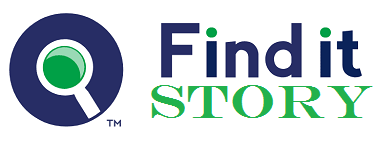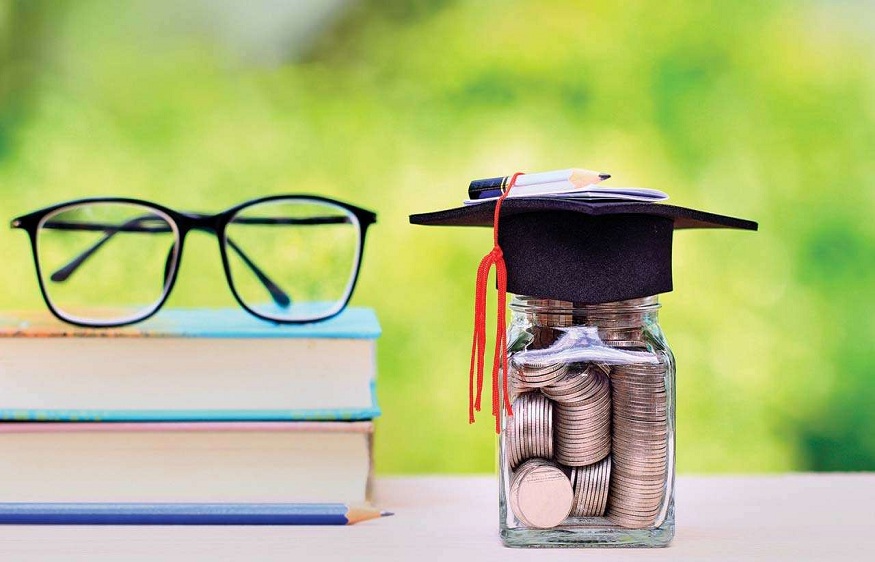The term “education loan” refers to money borrowed to cover the costs of pursuing post-secondary education. Tuition, books, supplies, and living costs are all included in the purpose of an education loan. If a student is still in school, payments may be postponed for up to six months after graduation, depending on the lender. A “grace period” refers to this time frame.
How a Student Loan is Paid Back
This loan is for students who want to attend college or university and get an academic credential. To get a student loan, you may either get it through the government or from private lenders. The interest rates for federal loans are often cheaper, and some even give interest that is subsidized. The application procedure for private-sector loans is more conventional, and the interest rates tend to be higher than those of federal government loans.
Different Types of Student Loans
There are many different kinds of student loans, but they can all be divided into two categories: government-sponsored loans and private loans.
Loans for College Students from the Federal Government
When students need to borrow money to pay for school, most of them go to the federal government for help. To begin applying for federal student loans, you must first submit a free application for federal student assistance (FAFSA). Various facts may be necessary to complete the application depending on the applicant’s situation, notably parental dependence; the application procedure does not often include a credit check. The student plans to follow the cost of attending school is the primary factor in determining the amount of the loan’s principal. A student’s eligibility for financial assistance is determined when a FAFSA form has been filled out and submitted.
Student Loans from Individuals
A student’s federal student loan package may propose that he or she seek extra funding from private lenders in particular instances. Additionally, state-affiliated lending charities and school-provided institutional loans are included in the category of personal student loans. As a rule, these loans have a more conventional application method (like what is typical of any private-sector loan). Private student loan applications sometimes include a credit check.
Applicants seeking private-sector loans may do so directly with the lending institution. The amount of money a borrower may get depends on where he or she is going to school, much as with federal grants. When a student loan application is accepted, the money will be delivered to the school first to satisfy any outstanding obligations before being given to the borrower. The banks provide education loan interest rates in India to every eligible candidate.
Considerations Unique to This Situation
After graduating from college, students are often left with student loan debt. Consolidating student debts might help students better manage their financial obligations if they have taken out many loans for their schooling. Direct consolidation of federal student loans is an option for borrowers with several outstanding federal student loans. In addition, many private lenders now enable applicants to combine federal and private loans into a single repayment plan.
Note that the new loan will be a private one in this case since an individual lender will give it. Loan forgiveness and repayment schemes are no longer available since the loan is now deemed a personal loan. Borrowers cannot combine their private and public loans into a single public loan.

